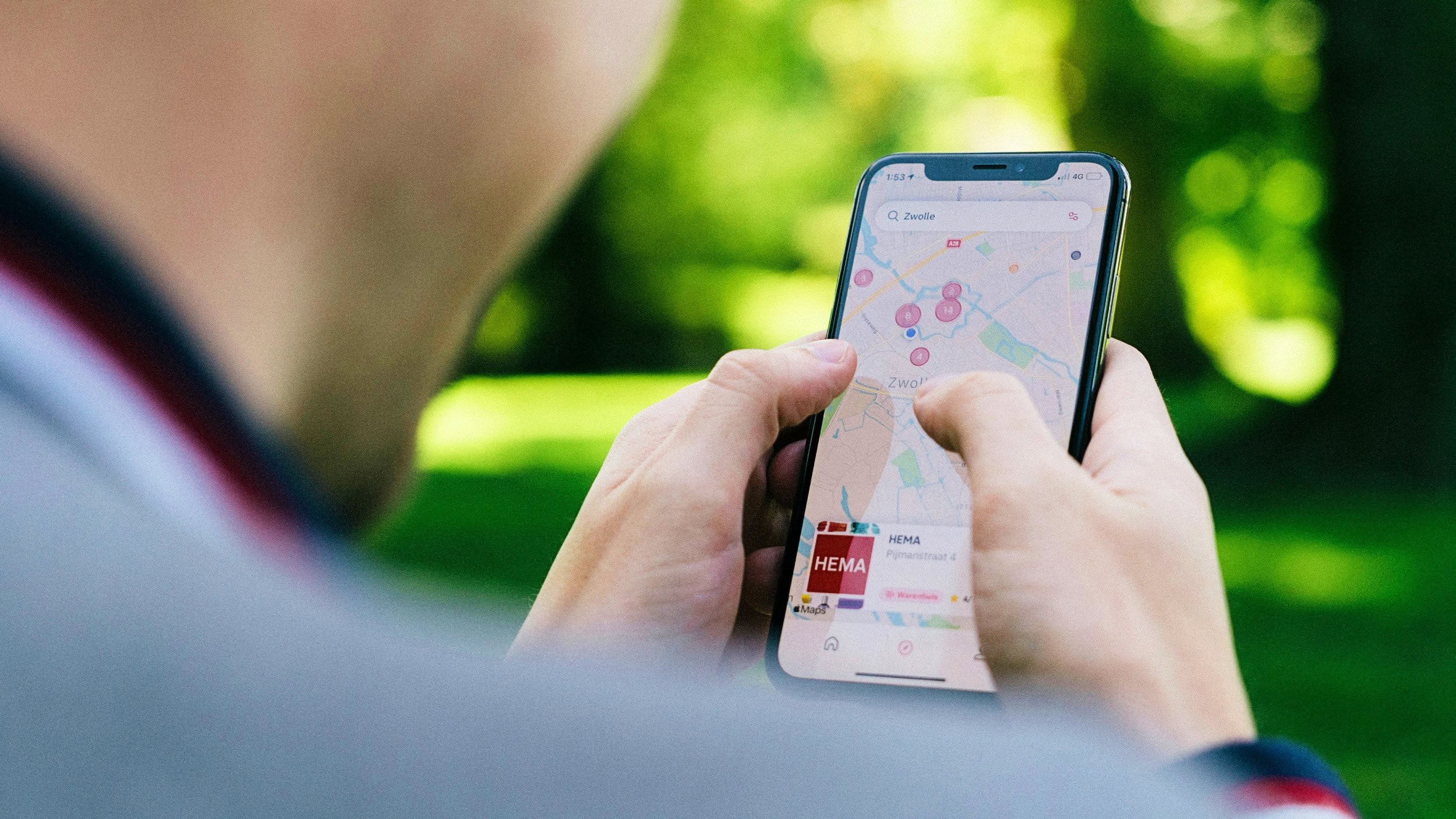

When traveling internationally with your iPhone, staying connected and avoiding unexpected surprises can be a bit of a balancing act. Whether it’s navigating unfamiliar streets, keeping in touch with family, or ensuring you don’t get hit with outrageous roaming fees, a little preparation goes a long way. Here’s how you can improve your iPhone use while traveling internationally.
5 iPhone tips for international travelers
Perhaps even more than when at home, your iPhone becomes your lifeline on any international trip. It holds all the data you require for smooth travels, from airline and train tickets to hotel or Airbnb reservations. Not to mention it’s your best bet for finding your way around an unfamiliar country.
These iPhone tips for international travelers will make your future adventures easier and more fulfilling.
Use VPN to bypass geo-restrictions
When traveling, you might find certain apps unavailable in the country you’re visiting. For example, streaming services or banking apps could be restricted based on your location. You’ll notice this quickly if you try to access something you rely on regularly that’s blocked due to your whereabouts.
A VPN helps you work around these restrictions by masking your location. This allows you to access the App Store and services as if you were still in your home country. It’s a simple solution to avoid roadblocks to your digital life abroad.
Public Wi-Fi can be a risky space for your data, and adding a VPN into the mix gives you an extra layer of protection. This way, you’re not just keeping your apps accessible but also ensuring that your sensitive information isn’t exposed to potential threats.
A lot of people think that software within the same category does the same thing. Every antivirus, antimalware and VPN is the same in their minds. This logic, however, makes no sense. Is every car, every toaster and every computer the same? No! They’re different products, so why would they possess the same capabilities?
According to Techopedia specialist Nick Saraev, you should prioritize what you need the most when choosing a VPN. For instance, if you value speed, you should look for the best mobile VPN for fast browsing. If cybersecurity is your priority, look into the type of encryption the VPN uses.
Invest in an international SIM or eSIM
Using your regular carrier’s roaming plan can add up quickly. A better alternative is to buy a local SIM card when you arrive at your international destination. Local SIMs offer affordable rates for data and calls, saving you a lot compared to expensive roaming charges from your home provider.
If you’re visiting more than one country, an eSIM is a hassle-free option. You can switch between networks without swapping physical cards, making it perfect for international travelers. It’s all digital, which makes setup easy and helps you stay connected without needing multiple SIM cards. This is one of the main reasons why the use of eSIMs worldwide is expected to skyrocket by 2030.
Before you rely on an eSIM, double-check that your iPhone supports the technology. Most newer models have eSIM capabilities, but verifying beforehand is always good. You’ll want to ensure everything is set up and compatible so you don’t encounter connectivity problems once you’re abroad.
Using a local SIM or eSIM means you’re not at the mercy of your carrier’s high international roaming fees. It’s one of the easiest ways to avoid those unpleasant surprises when the bill arrives. Plus, you’ll likely get better local coverage and more flexibility with your data usage.
Enable Find My iPhone before traveling
Traveling with your iPhone means there’s always a risk of it being lost or stolen. By enabling Find My iPhone, you’re giving yourself a way to track the device’s location. This feature is a lifesaver, letting you recover your phone or at least lock it to prevent misuse.
If the worst happens and you can’t recover your phone, Find My iPhone allows you to lock it or erase your data remotely. This way, you can protect sensitive information from falling into the wrong hands, adding an extra layer of security even after the phone is gone.
The best part is, if you use iCloud, you will keep all your data while deleting it from the phone. At the same time, this means that improving the security of your iCloud becomes an even bigger priority.
One of the best features of Find My iPhone is that it works even when your phone is offline. As long as you’ve enabled it beforehand, you can still track your device, making it much easier to locate (even if it’s not connected to the internet or is out of signal range).
For Find My iPhone to work effectively, you’ll need to ensure your iCloud account is set up and functioning properly. Make sure everything is updated and linked correctly before you leave. This small step ensures you can fully utilize this useful security tool.
Keep an external battery pack handy
When traveling, you’ll likely use your iPhone for everything — maps, translations, photos and more. However, all this activity can drain your battery faster than you expect. That’s why an external battery pack is essential to ensure your phone stays powered through your adventures.
You can’t always rely on finding a charging station when you need one, especially in crowded airports or remote areas. Having a fully charged external battery pack means you’ll never be left scrambling to find a power source. It’s an easy solution to a common travel dilemma.
In emergencies, a dead phone can be more than just an inconvenience — it can be dangerous. Whether you need to call for help or pull up important information, an external battery pack ensures you’re always prepared. It’s a small investment for peace of mind on your travels.
Not all battery packs are the same, however. When choosing one, go for a lightweight and compact model that won’t add too much weight to your travel bag. The goal is to have something that’s both powerful and portable, so it’s easy to carry and use on the go.
Use offline translation apps
Language barriers can make navigating new countries challenging, but offline translation apps can help bridge that gap. Whether you’re ordering at a restaurant or asking for directions, these apps can provide instant translations, making your travel experience simpler and more enjoyable.
Google Translate is a traveler’s best friend and works offline, too. (Apple’s Translate app works offline as well, but doesn’t offer as many languages.) Simply download the language packs before your trip, and you’re set. You won’t have to worry about needing internet access to translate common phrases, making communicating easier wherever you are.
When you’re out and about, offline translation apps are perfect for quick interactions — like ordering food or doing some shopping. You can easily look up common phrases or scan text, avoiding awkward misunderstandings while traveling. It’s like having a personal translator in your pocket.
By downloading translations ahead of time, you can use these apps without needing a data connection. This proves especially helpful in areas with limited internet access or when you want to save on roaming charges. You’ll always be prepared, even when Wi-Fi isn’t available.
When used the right way, the iPhone can enhance every single one of your travels
Traveling internationally with your iPhone doesn’t have to be complicated. By following these simple tips, you can stay connected, avoid unnecessary fees, and ensure your device remains safe and functional throughout your tip. From using translation apps to keeping an external battery handy, these steps are easy to implement and make a big difference.








